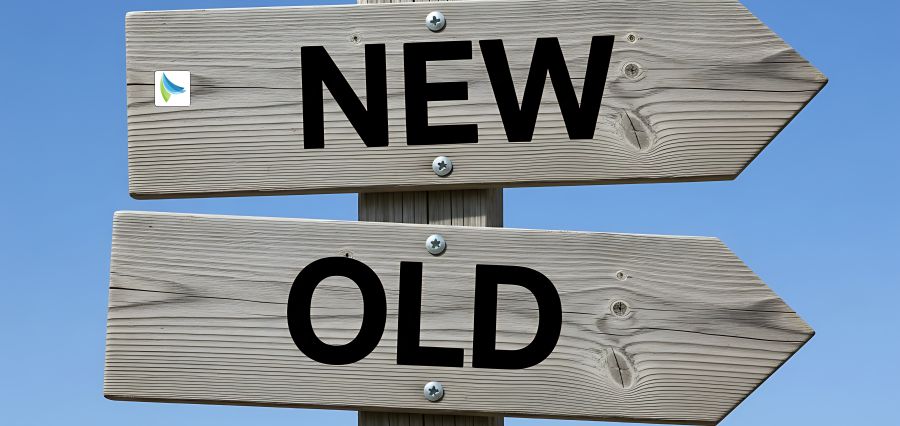Events as Storytelling Platforms
At a moment when moments speak louder than words, events have become one of the strongest storytelling tools accessible to brands, organizations, and business leaders. Regardless of the nuts and bolts of production, scheduling, and crowd management, events themselves are sensory narratives that touch participants on cognitive, emotional, and even sensory levels. Expressed authentically, they jump over the walls of an edifice, creating lasting impressions that influence perception, allegiance, and identity.
Events as Living Stories
Any event—a launch, a leadership conference, or a cultural festival—is, by nature, a story. It has a beginning that establishes the setting, a climax build-up that creates tension, and an ending that gives meaning to the people who attended. Events are not static, but dynamic, stories of communication. They are not the recipients of data; the patrons are co-creators within the story, giving life to the story itself through their reactions, their interactions, and their shared experiences.
This dynamic connection animates the occurrences into living testimonies. The audience does not only accept the message—but live it, experience it, and re-share it.
Beyond the Stage: Creating Holistic Experiences
The capacity of events to narrate stories well exceeds the activity that takes place on stage. From the design of the building and lighting and sound choreography to food choice, network space, and digital applications, everything is entwined in the story. All these are used to affirm the message being conveyed, scripting how participants connect with event purpose.
For instance, an experience that is green, eco-friendly, waste-minimizing, and digitally enabled for accessibility becomes authentic by linking the experience to the story. The story no longer inhabits orations—it resides in all touchpoints.
Emotional Connection as the Anchor
The strongest stories are the ones that make people feel, and things resonate better at making people feel. Keynote speeches can inspire, acts can bring people to tears, and workshops can intrigue, but what’s left is the feeling induced by the event.
Brands and leaders who see events as storytelling spaces understand that ultimately the goal isn’t information transmission but evoking shared moments of amazement, enthusiasm, or contemplation. Those are memory anchors, cementing loyalty and influencing what people tell others about the event once it’s concluded.
Storytelling in the Digital Age
The technologically driven evolution of events has removed the story from the walls of the physical environment. Hybrid models, live streaming, and electronic interactive environments enable the story to transcend geography to a member of the audience that would not otherwise be part of the environment. Social media adds yet another platform on top, enabling participants to self-create their own narrative carriers.
Every comment, every image, every posted remark contributes to the history of the event, causing it to go further and last longer. The story no longer dies when the lights go down—it goes on radiating, sustained by the voices of those who saw it happen.
Authenticity and Consistency
In any form of storytelling, truth is the policy. Contemporary audiences are wiser to know when the narrative of what went on at an event is a cover-up in reality. To craft compelling stories, organizers must ensure words and actions match, therefore what the individuals on stage speak about must be consistent with the entire experience of the event.
Consistency is equally critical. A positioning brand of the new age cannot rely on yesterday recipes or turn-off presentations. An inclusive positioning event needs to remain receptive to varying voices being heard. Storytelling in its truest form needs intention-execution consistency.
Events as Legacy Builders
Events don’t tell stories—events leave traces. They are signposts to organizational heritage, markers to cultural landmarks, or tinder to social debate. Whatever corporate birthday, leadership forum, or international exhibition, events can dictate by which name organizations are remembered.
The most powerful happenings are those that shift stories, shaping behavior into the future and generating movements. They remind us that although the curtain falls, the story continues in the heads and activities of survivors.
Conclusion
Events are no longer just crowds; they are story environments. They cut up stories with design, dialogue, and shared experience, reaching far beyond the theatre into people’s and audiences’ lives everywhere in the world.
By taking events to experiential stories, planners and leaders forge not memories, but lasting legacies. They move from coordinating mere logistics to crafting meaning—transforming moments into stories that speak, inspire, and stay.
In an over-saturated universe of messages, it is these stories, acted out in occurrences, that most powerfully take hold.
Read Also: Balancing Creativity and Logistics in Event Management












